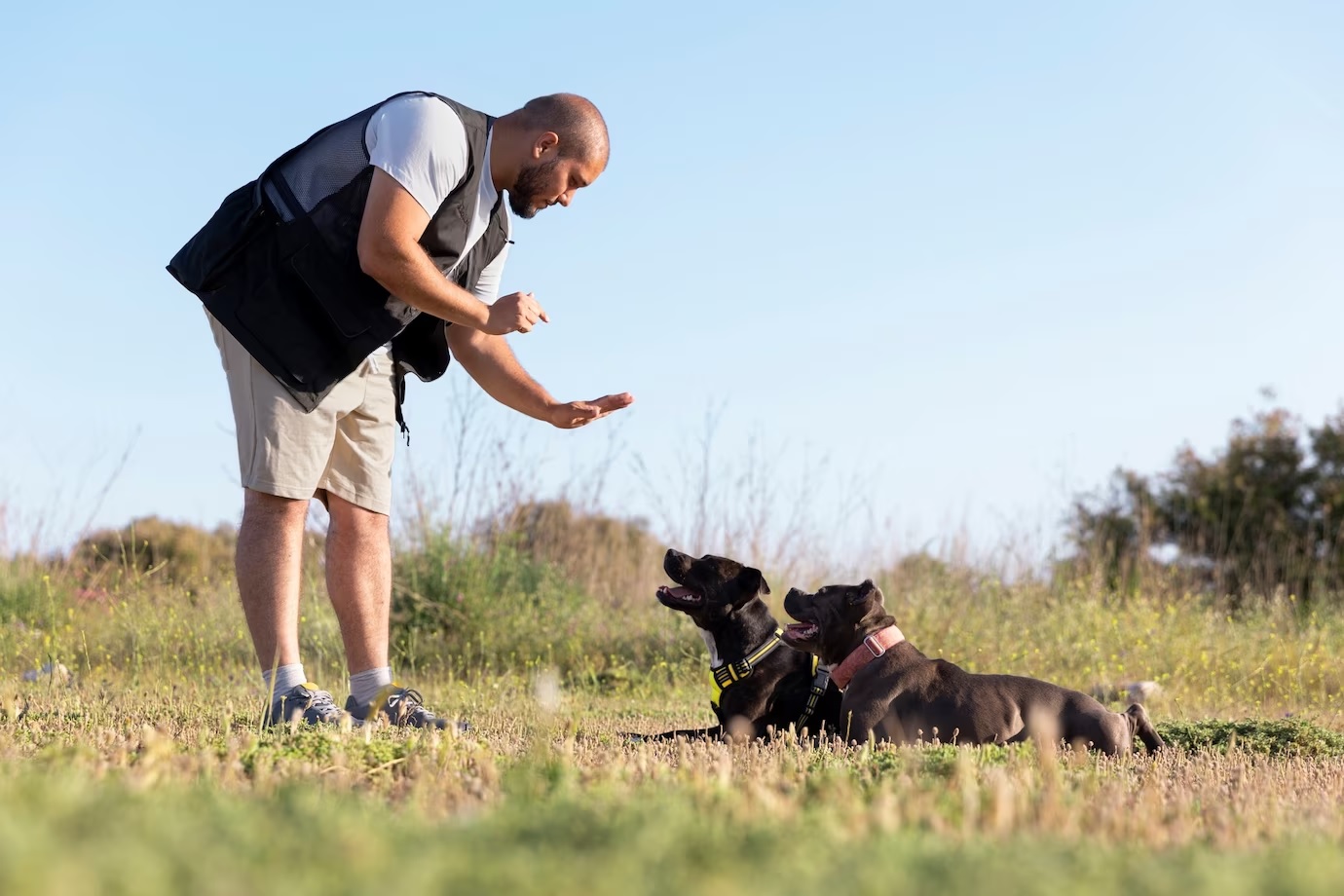Dog training is an essential part of responsible pet ownership. It not only teaches your pup basic obedience commands but also helps to strengthen the bond between you and your furry friend. However, many new pet owners may not know what exactly this skill set entails. In this article, we’ll take a closer look at what dog training involves and how it can benefit your pup.
Understanding the Basics of Dog Training
Dog training involves teaching your pup basic obedience commands, such as sit, stay, come, and heel. These commands can help your pup to become a well-behaved and well-adjusted member of your family. Training also involves teaching your furry pal how to behave in different situations, such as meeting new people and other puppies.
Types of Dog Training
There are several types of dog training, including:
Positive Reinforcement Training
Positive reinforcement training involves rewarding your pup for good behavior. This could be in the form of treats, praise, or playtime. This type of training is based on the principle that pets will repeat behaviors that are rewarded.
Clicker Training
Clicker training is a form of positive reinforcement training that uses a clicker to mark the desired behavior. The clicker is paired with a reward, such as a treat, to reinforce the behavior.
Leash Training
Leash training involves teaching your pup to walk on a leash without pulling or lunging. This type of training is important for safety reasons and can help to prevent your furry friend from running away or getting into accidents.
Behavioral Training
Behavioral training involves teaching your pup how to behave in different situations. For example, if your pup is anxious or fearful, behavioral training can help them to overcome their fears and feel more confident.
Benefits of Dog Training
There are several benefits to dog training, including:
Strengthening the Bond Between You and Your Pup
Training your pup can help to strengthen the bond between you and your furry friend. When you train your pet, you’re not only teaching them new skills but also spending quality time with them.
Improving Communication
Training your pet can also improve communication between you and your pup. When you teach your dog obedience commands, you’re teaching them how to understand and respond to your cues.
Preventing Behavioral Problems
Training your furry pal can also help to prevent behavioural problems, such as aggression and separation anxiety. By teaching your pet how to behave in different situations, you’re helping them to feel more confident and secure.
Tips for Success From the Sessions
Start Early
It’s important to start training your pup as early as possible. Puppies have a natural desire to please their owners, and they’re also more receptive to learning new skills.
Be Patient
Training your furry pal takes time and patience. It’s important to stay positive and be patient with your pup, especially if they’re struggling with a particular command.
Use Positive Reinforcement
Positive reinforcement is one of the most effective teaching methods. By rewarding your pup for good behaviour, you’re encouraging them to repeat that behaviour in the future.
Be Consistent
Consistency is key when it comes to doing the course. It’s important to use the same commands and rewards every time you train your pup.
Stay Calm
Dogs are sensitive to their owners’ emotions. If you become frustrated or angry during training, your pup may become anxious or fearful.
Conclusion
Dog training is an important part of responsible pet ownership. It not only teaches your pup basic obedience commands but also helps to strengthen the bond between you and your furry friend. Whether you’re training your pup at home or working with a professional trainer, it’s important to be patient, consistent, and use positive reinforcement
